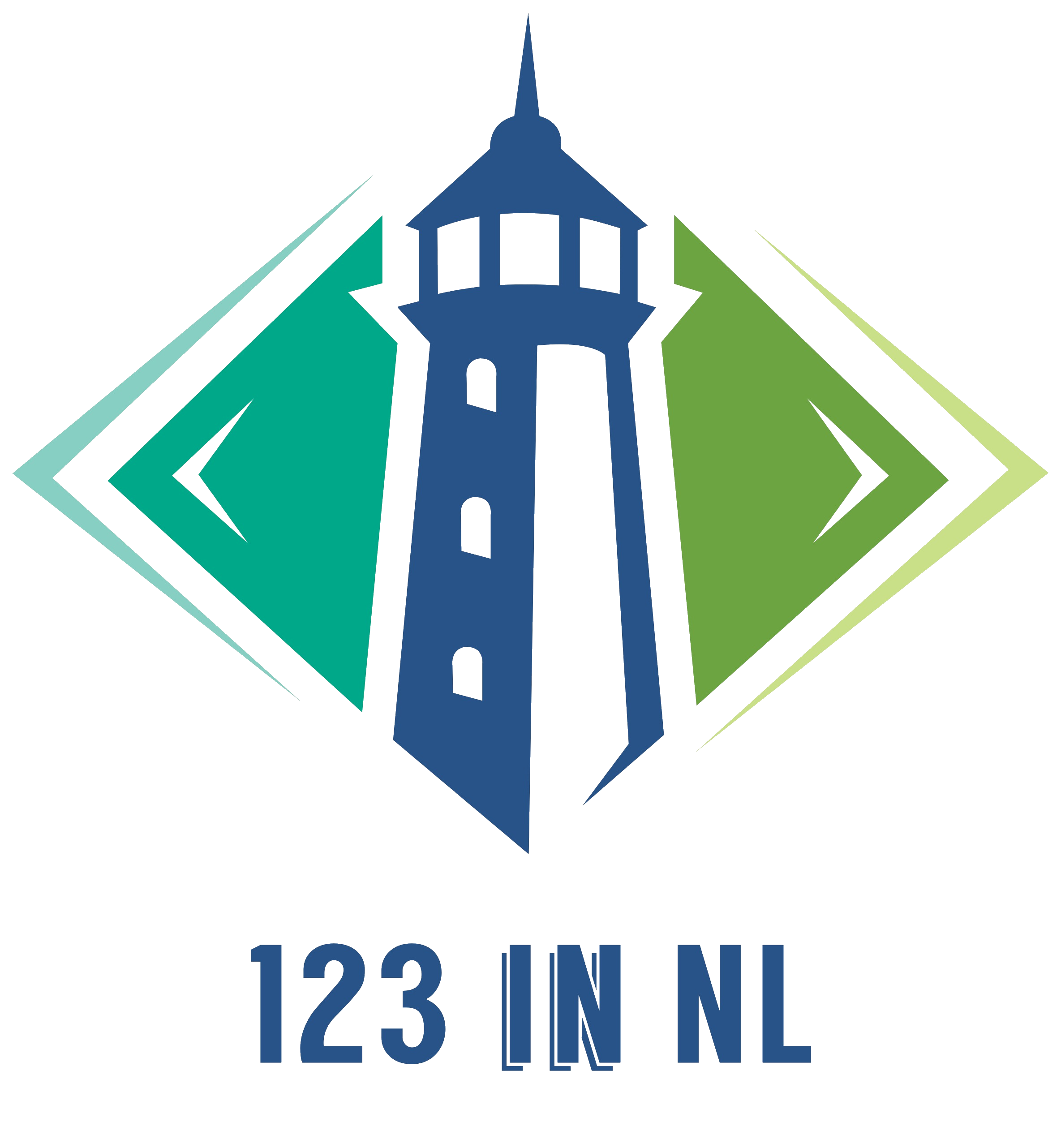Research University
Research universities
Research universities are mainly responsible for offering research-oriented programmes in an academic setting.
General information
Many programmes at research universities also have a professional component and most graduates actually find work outside the research community.
The research universities vary in size, with enrolments ranging from 6,000 to 30,000 students. Altogether they enrol some 240,000 students. Some research universities also have a University College.
Duration of study programmes
- Bachelor of Arts (BA): 3 years
- Bachelor of Science (BSc): 3 years
- Master of Arts (MA): 1-3 years
- Master of Science (MSc): 1-3 years
- Professional Doctorate in Engineering (PDEng): 2 years
- PhD: 4 years
- LLB: 3 years
- LLM: 1 year
Research institutes
Para-university institutes: NWO, KNAW andf NWO-I
A number of institutes that carry out academically-oriented research do so under the flag of three intermediary organisations: the Dutch Research Council (NWO), the Royal Dutch Academy of Sciences (KNAW) and NWO-I, the Institutes Organisation of NWO.
NWO’s mission is to enhance the quality and innovation of fundamental scientific research and to promote the dissemination of research results.
KNAW is responsible for the quality of science in the Netherlands. The KNAW is responsible for a number of research institutes. The institutes are active in the humanities, the social sciences and the life sciences; one institute works at the interface of science and government policy. The Academy institutes are meant to play a leading role in Dutch and international research. They serve as national centres of expertise, manage unique infrastructures, and provide access to their collections, many of which are world-famous.
NWO-I is responsible for nine institutes in the fields of astronomy, mathematics and computer science, physics, history, marine sciences, law and criminality, and space research.
Institutes for applied research: TO2 Open Innovation Network
The Netherlands has several institutes for applied research. An import actor is the TO2 Open Innovation Network. It is a flexible network structure aimed at cooperation in undertaking cross sectoral research projects.
The largest institute is TNO, the Netherlands Organisation for Applied Scientific Research. TNO’s mission is to make it possible to apply scientific knowledge for the benefit of the innovative capacity of companies and the government. Key TNO research fields are: quality of life, the defence and security of society, advanced products, processes and systems, sustainable use of space and the environment, and ICT and services.
The other four institutes for applied research carry out research and related activities in a specific area:
- Deltares: research into ports, coastlines, rivers, ocean and inland shipping, water management and the environment
- The Maritime Research Institute in the Netherlands (MARIN): research into shipbuilding, offshore and ocean engineering
- The National Aerospace Laboratory (NLR): research into aeronautics and space technology for civil and defence purposes
- Wageningen University & Research: to explore the potential of nature to improve the quality of life.
Technological Top Institutes (TTI’s)
Six institutes for executing collaborative projects between existing knowledge institutes and industry are in the Technological Top Institutes programme. These institutes carry out research into fields that are relevant to strong R&D-intensive sectors in the Netherlands and specific research topics of international relevance.
- Telematica Institute (also known as Telin.nl, website in Dutch)
- DPI The Polymer Research Platform
- Materials Innovation Institute (M2i)
- TiFN Food & Nutrition
- lygature pioneering medicine together
- Wetsus European centre of excellence for sustainable water technology
Institutes in agriculture
The Research Institutes of Wageningen University & Research carry out application-oriented and field-based research. They are commissioned by the government, commercial businesses and non-profit organisations. On a research project there is often collaboration between several institutes. Collaboration is often also sought with the university and/or national or international partners.
Ministerial institutes
A steadily declining number of institutes are still under the direct responsibility of ministries. For example:
- The Ministry of Justice and Security has its own internal Research and Documentation Centre (WODC)
- The Royal Netherlands Meteorological Institute (KNMI) is an agency of the Ministry of Infrastructure and Water Management (I&W).
- The Netherlands Institute for Social Research (SCP) and the National Institute for Public Health and the Environment (RIVM) are part of the Ministry of Health, Welfare and Sport (VWS).
Commercial enterprises
Companies carry out the majority of research in the Netherlands. The research is conducted mainly in larger companies and within the industry sector. An important part of the research is development work. A characteristic of the Dutch situation is the presence of the five multinationals: Philips, Shell, AkzoNobel, ASML and DSM. These are also the companies that carry out a large part of the research, but they have been joined in recent years by companies such as Canon and ALE International.
Science hubs
In the Netherlands, many companies participate in high level research. Many of these companies are located in organised theme hubs of which the most well known are:
- Brainport – Europe’s leading innovative top technology region
- Food Valley – AgroFood innovators region
- Leiden Bio Science Park – dedicated to the development of innovative drugs, vaccines, diagnostics, and platform technologies
- New Energy Coalition – brings research power together for the energy transition
- Health Valley – network of 700 health related organisations working on technological innovation in health care.
- Chemelot– the chemical innovation community
